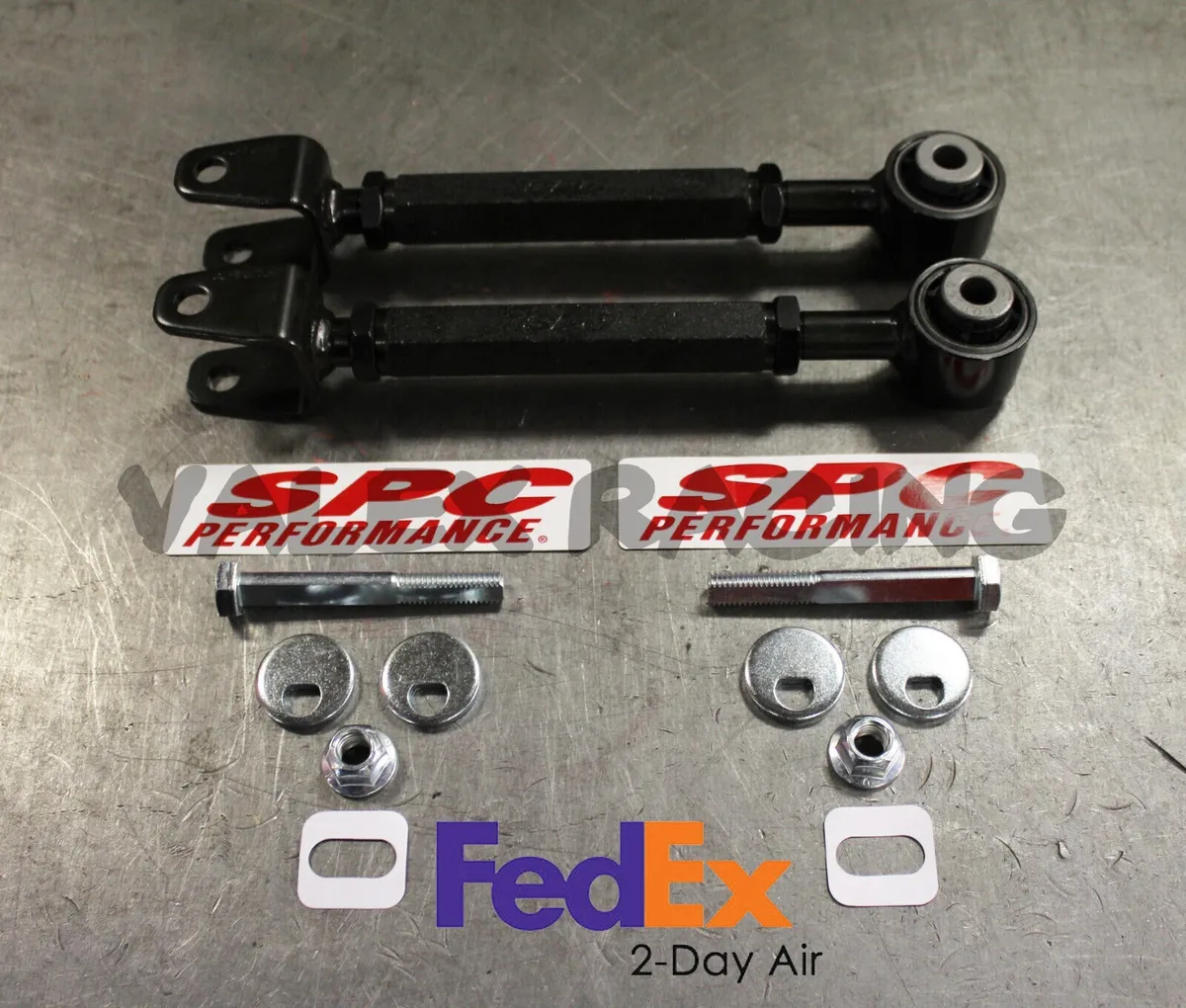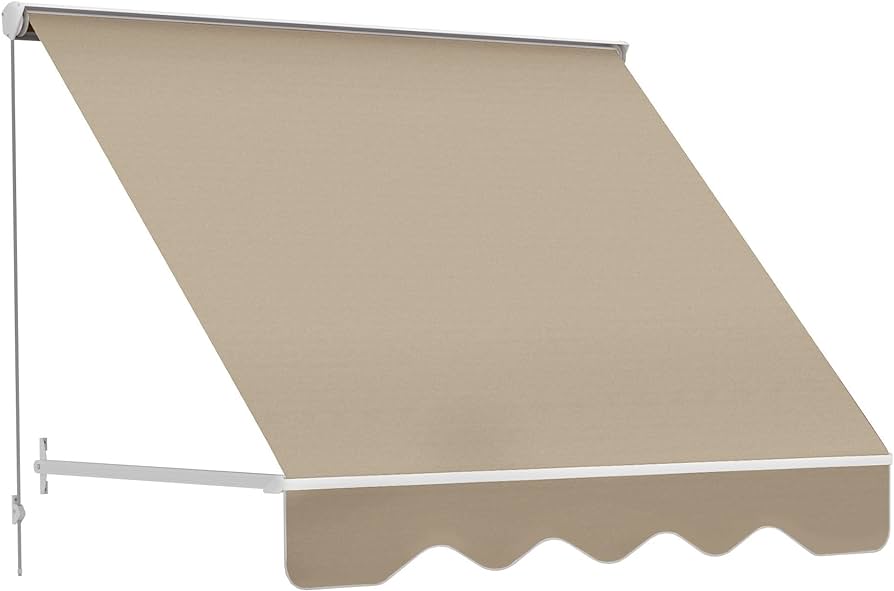To adjust camber, you need to locate the camber adjustment bolts and use a wrench to turn them until the desired camber angle is achieved. Proper camber adjustment is crucial for optimal vehicle performance and tire wear.
Camber refers to the vertical alignment of the wheels, and incorrect settings can lead to uneven tire wear, reduced handling, and decreased stability. Adjusting camber is relatively straightforward, but it requires locating the camber adjustment bolts and using a wrench to turn them.
By tightening or loosening the bolts, you can alter the angle of the wheel to ensure it is perpendicular to the road surface. This process may require professional assistance or advanced tools, depending on the make and model of your vehicle.

Credit: www.ecstuning.com
Understanding Camber
Camber adjustment is crucial for optimal vehicle performance. Gain insight into understanding camber and learn how to make necessary adjustments for improved driving experience.
What Is Camber?
Camber is one of the most important aspects of a vehicle’s suspension system. It refers to the vertical tilt of the wheels when viewed from the front or rear of the vehicle. Specifically, camber measures the angle at which the wheel’s vertical axis deviates from being perfectly perpendicular to the ground. This tilt can be either positive or negative.
Why Is Camber Adjustment Important?
Camber adjustment is crucial for several reasons. Firstly, it ensures that the tire’s contact patch remains optimal for both safety and performance. Secondly, it helps distribute weight evenly across the tire, maximizing traction and minimizing tire wear. Thirdly, proper camber adjustment can improve steering response and stability, especially during cornering.
When the camber angle is not correctly set, it can result in uneven tire wear, reduced grip, and compromised handling. Excessive positive camber tends to wear the outside edges of the tire, while excessive negative camber leads to wear on the inside edges. Both scenarios can negatively impact the vehicle’s overall handling and performance.
Adjusting camber is especially important for performance-oriented vehicles, as it allows drivers to fine-tune their suspension setup for optimal cornering and stability.

Credit: www.ebay.com
Methods Of Camber Adjustment
When it comes to adjusting the camber on your vehicle, there are a few methods you can consider. These methods allow you to fine-tune the camber angle, ensuring optimal tire contact with the road surface and improving handling and tire wear. In this article, we will explore three common methods of camber adjustment: camber bolts, camber plates, and adjustable control arms.
Camber Bolts
Camber bolts are a popular and cost-effective option for adjusting camber angles. These bolts have an eccentric design that allows for the adjustment of the mounting position of the suspension components. By rotating the bolts, you can change the camber angle, effectively aligning the wheels correctly.
Most vehicles have fixed camber bolts from the factory, which means they cannot be adjusted. However, aftermarket camber bolts are available for many vehicles, giving you the flexibility to make adjustments as needed. Installation is relatively straightforward, typically involving replacing the factory bolts with the adjustable camber bolts.
Camber Plates
If you’re looking for more precise camber adjustment and want to fine-tune your suspension, camber plates are an excellent option. Camber plates are typically used in performance-oriented vehicles where suspension adjustability is crucial.
Camber plates are installed on top of the suspension strut or shock tower and allow for vertical adjustment of the suspension components. This provides the ability to adjust camber angles independently of any other suspension settings. With camber plates, you can achieve the desired camber angle for improved handling and cornering performance.
Adjustable Control Arms
Adjustable control arms are another effective method for camber adjustment. Control arms connect the suspension components to the vehicle’s chassis and play a significant role in geometry and camber angles.
Adjustable control arms allow you to modify the length of the arm, affecting the suspension geometry and camber angles. By adjusting the control arms, you can fine-tune the camber to your desired specifications. These arms typically feature multiple mounting points, enabling a wider range of adjustment.
It’s important to note that adjustable control arms may require professional installation or careful alignment to ensure proper functionality and optimal results.
Conclusion
Now that you have an understanding of the three common methods of camber adjustment – camber bolts, camber plates, and adjustable control arms – you can choose the method that best suits your needs. Whether you’re looking for a cost-effective solution or require precise adjustability, these methods allow you to optimize your camber angles for improved performance and tire wear.
Steps To Perfectly Adjust Camber
Learn how to perfectly adjust the camber of your vehicle with these 6 simple steps. Follow these guidelines for a smooth adjustment process and optimal performance.
Camber adjustment is an essential task in ensuring your vehicle’s optimal performance and even tire wear. If you notice uneven tire wear or experience handling issues, adjusting the camber angle may be necessary. Follow the steps below to perfectly adjust the camber and keep your vehicle running smoothly.
Determine The Desired Camber Angle
Before starting the adjustment process, it is important to determine the desired camber angle for your vehicle. The camber angle refers to the inward or outward tilt of the top of the tire from a vertical position when viewed from the front of the vehicle. You can find the recommended camber angle specifications in your vehicle’s manual or consult with a professional. Once you have the desired camber angle in mind, you can proceed with the adjustment process.
Prepare The Necessary Tools And Equipment
Next, gather all the necessary tools and equipment to make the camber adjustment process smoother. These tools typically include a jack, jack stands, a wrench or socket set, and a camber adjustment tool specific to your vehicle’s suspension type. Make sure to have all the tools readily available before proceeding further.
Adjust Camber Using The Chosen Method
The camber adjustment method will depend on the type of suspension system your vehicle has. Common methods include using adjustable control arms, camber bolts, or a camber kit. Consult your vehicle’s manual or research the specific procedure for your vehicle’s suspension type. Once you have the appropriate method, follow the step-by-step instructions to adjust the camber angle accordingly.
Recheck And Fine-tune The Camber Adjustment
After adjusting the camber, it is vital to recheck and fine-tune the alignment. This involves ensuring the camber angle is within the desired specifications and making any necessary adjustments. Use a camber gauge or seek professional assistance to accurately measure the camber angle. Make any fine-tuning adjustments as needed until the camber angle is perfectly aligned with the desired specifications.
Following these steps and taking the time to perfectly adjust the camber angle will help prevent premature tire wear, improve handling, and maintain your vehicle’s overall performance. Remember to regularly inspect and adjust the camber angle as part of your vehicle maintenance routine for a smooth and safe driving experience.

Credit: www.maperformance.com
Frequently Asked Questions Of How To Adjust Camber
How Does Camber Adjustment Affect Vehicle Performance?
Camber adjustment affects vehicle performance by influencing tire wear, handling, and cornering. Improper camber can lead to uneven tire wear, reduced grip, and decreased stability during turns. Adjusting camber allows for better tire contact with the ground, improved handling, and optimized performance.
Why Is It Important To Adjust Camber?
Adjusting camber is important to ensure even tire wear, improve handling, and optimize the vehicle’s performance. Incorrect camber can result in uneven tread wear, reduced traction, and compromised stability. Proper camber adjustment helps maintain tire contact with the road, enhances cornering ability, and maximizes tire performance.
How Can I Tell If Camber Adjustment Is Needed?
You can tell if camber adjustment is needed by inspecting your tires for uneven wear patterns. If the tread is more worn on either the inside or outside edges, it could indicate improper camber alignment. Additionally, if your vehicle pulls to one side or exhibits poor handling, it may be a sign that camber adjustment is necessary.
Can Camber Adjustment Be Done At Home?
Camber adjustment can be done at home, but it is best to have it done by a professional mechanic or alignment specialist. Proper equipment and knowledge are required to accurately adjust camber. Attempting to adjust camber without the proper tools and expertise can lead to further alignment issues and compromised vehicle performance.
Conclusion
To wrap up, adjusting camber is an essential task for maintaining optimal vehicle performance and tire longevity. By following the step-by-step process outlined in this guide, you can easily make the necessary adjustments yourself. Remember to always refer to your vehicle’s manual for specific instructions and seek professional help if needed.
With a little knowledge and the right tools, you can ensure your camber is properly aligned, enhancing your overall driving experience. Happy adjusting!


